While some museums are closed due to the Covid-19 pandemic, Apollo’s usual weekly pick of exhibitions will include shows at institutions that are currently open as well as digital projects providing virtual access to art and culture.
At some 87 metres in diameter, the mausoleum of Rome’s first emperor is the largest circular tomb in the world. Conceived by Augustus before his reign (from 27 BC) had even begun, it was crowned with a colossal bronze statue of its future occupant and decorated with plaques engraved with the Res Gestae – the account of his life and achievements that the emperor wrote himself. It fell into decline in the Middle Ages, when its marbles were plundered, and has since had many afterlives – as a hanging garden, a bull-fighting arena, and most recently a concert hall, but it fell into disrepair after the Second World War. After a 14-year project to excavate the site and restore the monument, the mausoleum reopened to visitors on 1 March, in each of its rooms housing artefacts from the various stages of its history. Find out more from the Mausoleum of Augustus website.
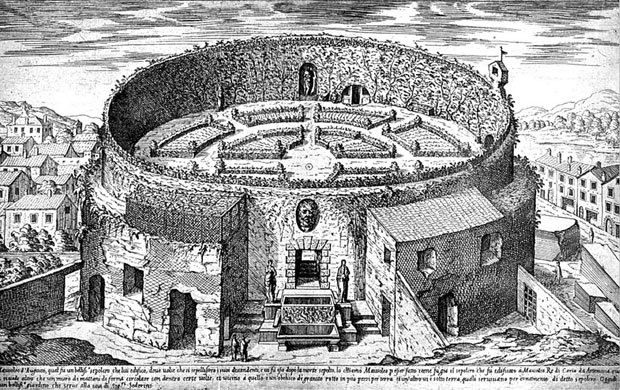
Engraving of the Mausoleum of Augustus (1575), Étienne Dupérac
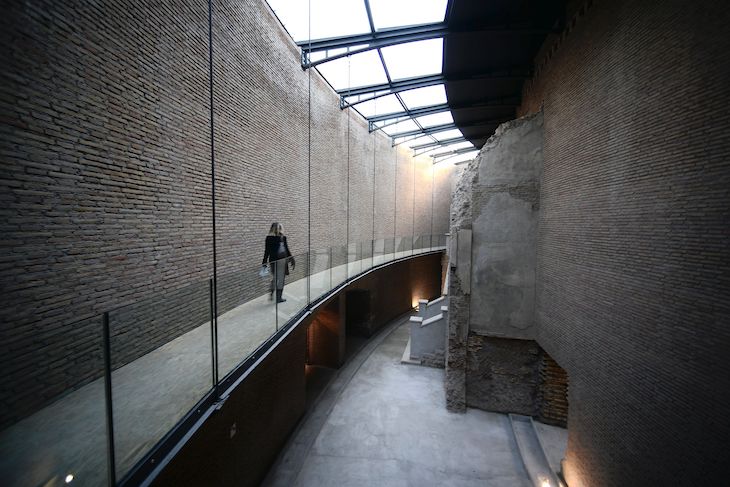
Inside the Mausoleum of Augustus. Photo: Filippo Monteforte/AFP via Getty Images
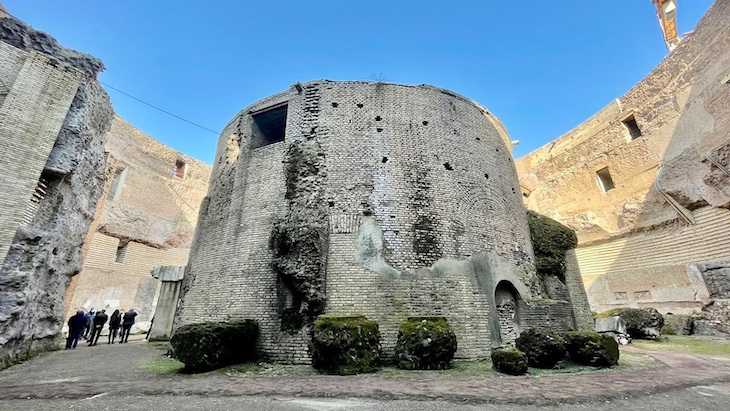
The Mausoleum of Augustus. Courtesy Fondazione Tim
Unlimited access from just $16 every 3 months
Subscribe to get unlimited and exclusive access to the top art stories, interviews and exhibition reviews.

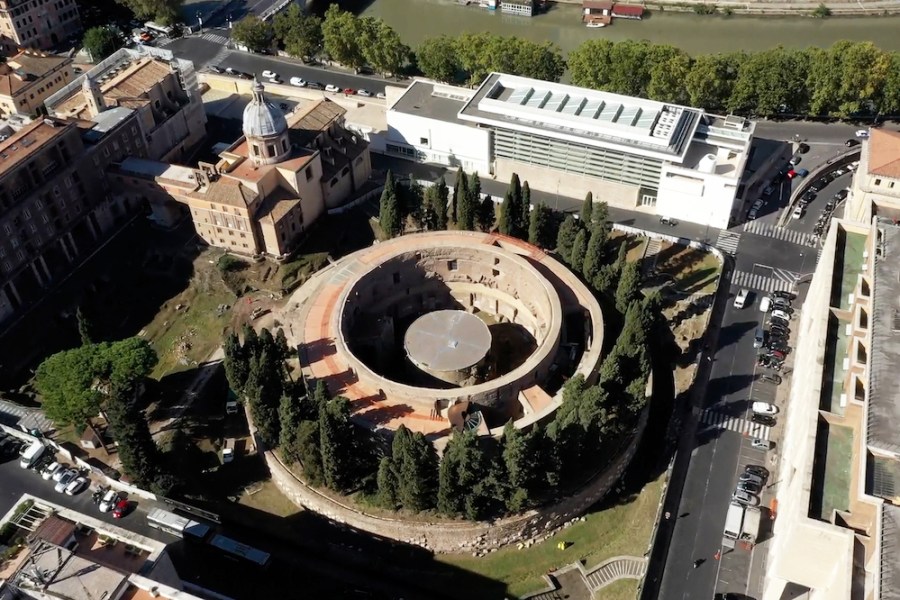
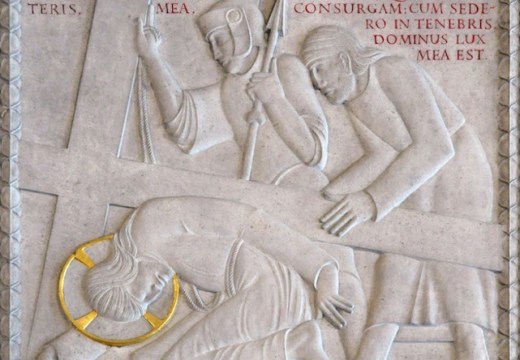
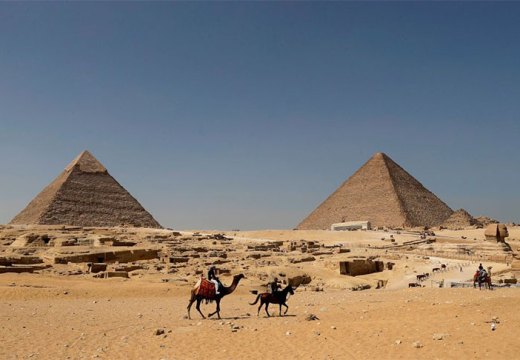
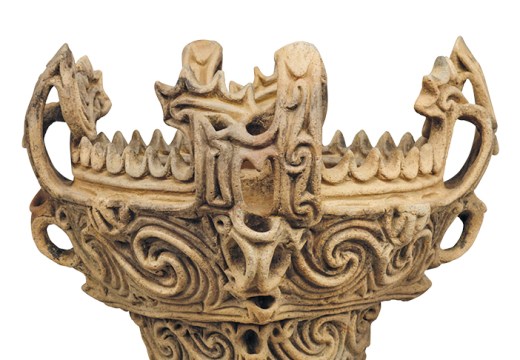









![Masterpiece [Re]discovery 2022. Photo: Ben Fisher Photography, courtesy of Masterpiece London](http://www.apollo-magazine.com/wp-content/uploads/2022/07/MPL2022_4263.jpg)
Has arts punditry become a perk for politicos?